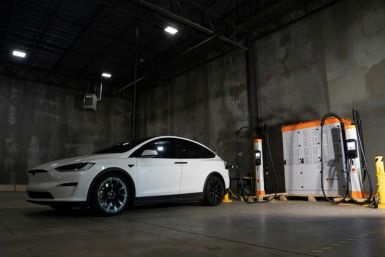Canon to freeze development of home-use SED TVs
Canon Inc officially called it quits on a long-delayed project to develop a new type of flat TVs for homes, underscoring its struggle to cultivate new sources of earnings growth.
The decision came as little surprise after repeated delays in commercialization.
Canon, which vies with Sony Corp and Nikon Corp in cameras and with Xerox Corp and Ricoh Co Ltd in copiers and printers, will continue developing SED TVs for commercial use, such as for medical equipment.
The world's No.1 digital camera maker began developing SED or surface-conduction electron-emitter display TVs a decade ago, but found it hard to make profits because of sharp drops in LCD TV prices, a spokesman from Canon said on Tuesday.
SED panels were seen as a promising next-generation display for its high resolution and energy efficiency. But aggressive cost cuts by LCD and plasma panels makers, prompted by steep price falls, has raised doubts over their commercial viability.
Canon has created a new earnings pillar every 10 years, such as copiers, printers and digital cameras, and the product for the 2000s should have been TVs, JPMorgan analyst Hisashi Moriyama said.
It might not be too off the mark to call the most recent 10 years a lost decade when it comes to earnings expansion through a new product.
Moriyama said the next potential earnings drivers for Canon include its industrial robots and M&A activity in office machines. Earlier this year, Canon took over Dutch printer maker Oce NV, strengthening its product lineup.
The company does not plan to write down the assets related to the development, the spokesman said.
Canon began developing SED technology jointly with Toshiba Corp in 1999. The firms established a 50-50 SED development and production joint venture in 2004 and announced plans to break into the flat panel TV market.
But their efforts have been repeatedly delayed as the development of mass production technology has proved more difficult than expected.
Canon turned the SED joint venture into a wholly owned unit in 2007 and had been working toward commercialization.
Canon declined to say how much it has invested in SED development. It and Toshiba said in 2004 they planned to spend 20 billion yen ($222 million) to get a production line up and running and another 180 billion yen by 2007 to mass-produce the SED panels, but commercial production has never taken place.
Canon shares fell 2.8 percent in a broader market down 3.2 percent.
($1=90.28 Yen)
(Editing by Anshuman Daga)
© Copyright Thomson Reuters 2024. All rights reserved.











